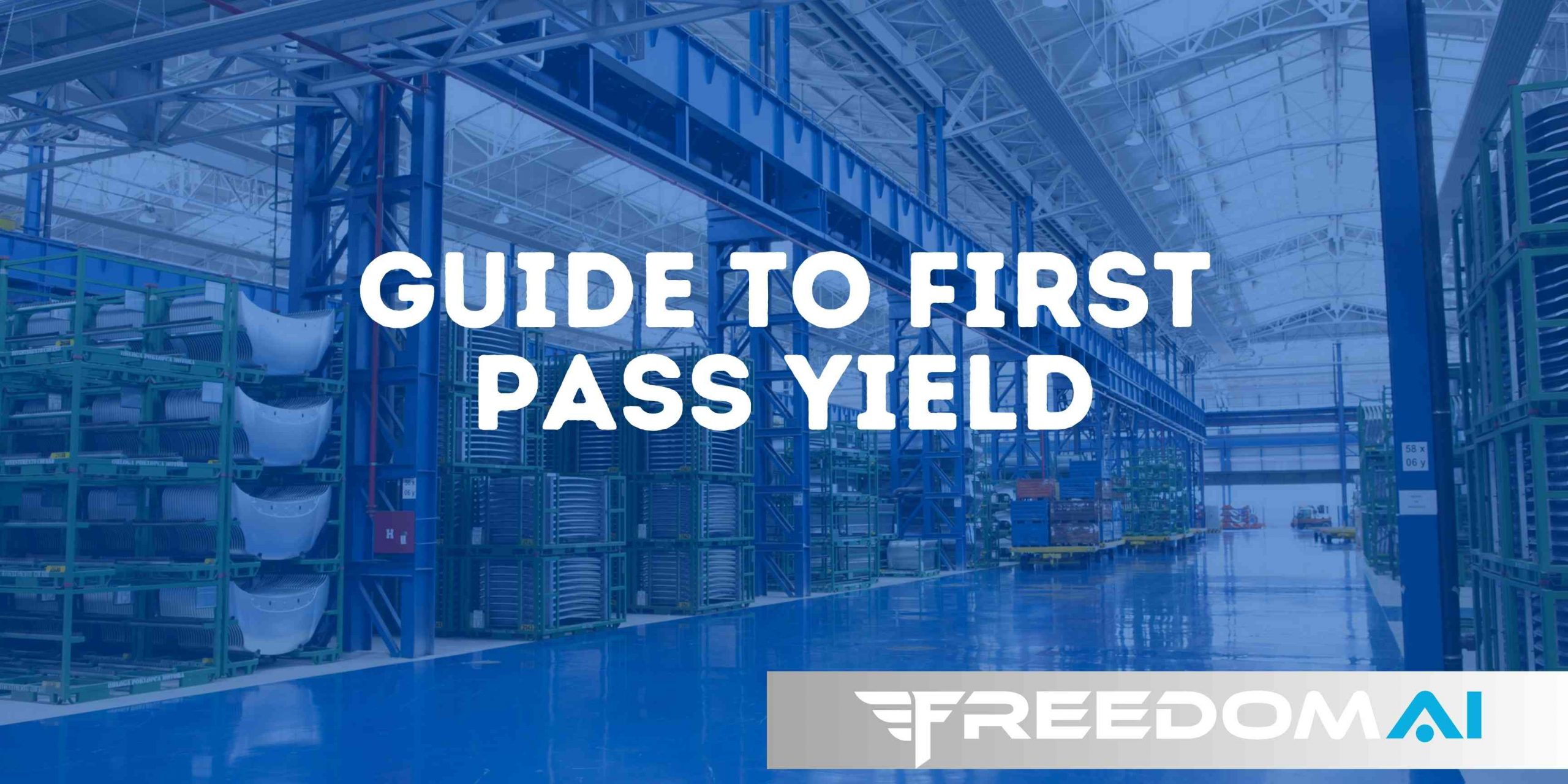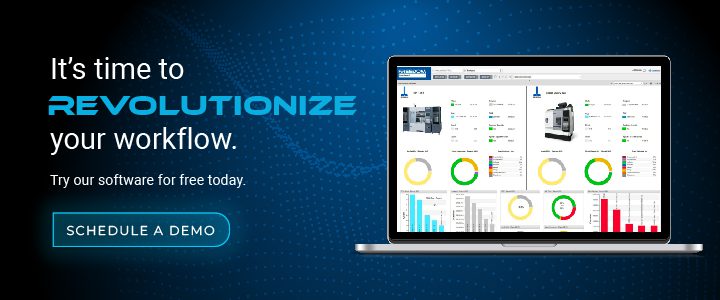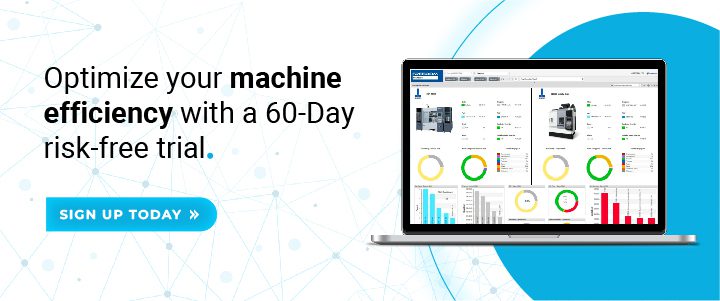Introduction to First Pass Yield
First pass yield (FPY) is a key metric used in manufacturing to measure the quality and efficiency of a production process. It indicates the percentage of units coming out of a process that are deemed acceptable or defect-free.
The concept of FPY originated in the 1920s from quality control pioneer Dr. Joseph Juran. He recognized that allowing defects to pass through a system would lead to more costs and waste downstream. The goal then became to do things “right the first time.”
As an important quality indicator, FPY signifies how effective your process is in creating sellable output straightaway without needing rework or scrap. A high FPY demonstrates excellent quality control and minimal wastage of time and raw materials. For manufacturers, striving for maximized FPY has become a best practice for boosting productivity and profitability.
Calculating and analyzing FPY can pinpoint problem areas that create defects. Addressing these root causes leads to continuous improvement that increases yields, reduces costs, and satisfies customers with better quality products. Though simple in principle, mastering first pass yield involves careful attention across your entire supply chain and production line.
The Importance of First Pass Yield
First pass yield is a critical metric for any manufacturing business. Improving your first pass yield can have numerous benefits across your operations and bottom line. Here are some of the key reasons why first pass yield is so important:
Reduces Waste and Scrap
One of the biggest benefits of improving first pass yield is reducing the amount of waste, rework, and scrap generated. Whenever a product has to be reworked or scrapped entirely, it is inefficient and costly. By improving processes to increase FPY, you directly cut down on the wasted time, labor, and materials that go into correcting quality issues. This saves your business money.
Boosts Productivity and Efficiency
With fewer defects reaching downstream processes, your overall workflow becomes smoother and more efficient. Less rework means production moves faster from start to finish. Your capacity increases as time is freed up from quality corrections. This leads to greater productivity and efficiency across your manufacturing lines.
Lowers Costs
Every quality issue that must be reworked or scrapped adds cost to your products. Improving first pass yield directly reduces these costs, including labor, raw materials, wasted energy, scrapped products, and more. Higher FPY lowers your per unit costs.
Increases Profitability
With lower per unit costs from reduced waste, rework, and higher efficiency, your profit margins improve significantly. Less waste means better yield from your raw materials usage as well. Your savings from an improved first pass yield will directly add to your bottom line profits.
How to Calculate First Pass Yield
First pass yield is calculated using a simple formula:
FPY = Passed Units / Total Units
– Passed Units = The number of units that pass inspection the first time without requiring rework or scrap.
– Total Units = The total number of units that entered the production process.
This measures the ratio between the units that passed inspection compared to the total units. The higher the ratio, the better the first pass yield.
To calculate FPY, follow these steps:
- Count the total number of units that entered production for a specific period of time (day, week, month, etc). Let’s say it is 1,000 units.
- Count the number of those units that passed final inspection without needing rework or scrap. Let’s say 900 units passed.
- Divide the passed units by the total units:
FPY = Passed Units / Total Units
FPY = 900 / 1,000
FPY = 90%
Therefore, the FPY for this example production run is 90%. This means 90% of units passed inspection the first time. The company would need to investigate why 10% of units failed and required rework.
This calculation can be repeated regularly to track FPY over time. The goal is to get as close to 100% FPY as possible. When FPY drops, it signals problems in the production process that need addressed.
The Benefits of Improving First Pass Yield
Improving your first pass yield can have tremendous benefits for your manufacturing business. By focusing on increasing the number of good units produced in the initial manufacturing run, you gain important advantages that impact your bottom line. Here are some of the key benefits of boosting your first pass yield:
1. Increased Production Efficiency
A higher first pass yield means you have to scrap or rework fewer units. This directly translates into needing less manufacturing processing time overall to produce your required output. Greater efficiency enables you to meet production targets faster. Your throughput increases as defects are reduced.
2. Reduced Costs and Waste
With higher FPY, you lower costs by minimizing scrapped materials and wasted labor on units that fail to meet quality standards. There is less need for rework, repairs, returns, and replacements. You spend less on excess raw materials that get discarded due to defects. Overall operational costs go down.
3. Improved Product Quality
The more you can improve first pass yield, the higher and more consistent your product quality will be. Customers receive fewer defective or faulty products. Your brand is strengthened by delivering high-quality products that work as expected.
4. Higher Customer Satisfaction
Customers are happier when they consistently receive good products that function properly and reliably. They avoid the frustration of returns, replacements, and repairs. This builds loyalty, retention, and positive referrals.
Better FPY = A More Profitable Business
Taken together, the benefits above all contribute to higher profitability. Efficient production, lower costs, consistent quality, and satisfied customers result in increased revenues, wider margins, and a more profitable business overall. Focusing on continuous FPY improvement is a smart investment.
Improving First Pass Yield
There are several ways manufacturing facilities can start improving their first pass yield to reduce waste and increase profitability. Some solutions involve addressing root causes through training, maintenance, equipment upgrades, and quality control processes. Other methods take a continuous improvement approach to incrementally enhance first pass yield over time.
Training and Education
One of the most effective ways to improve first pass yield is to provide proper training and education to manufacturing staff. Many defects arise from human errors, procedural mistakes, and lack of knowledge. Facilities should ensure all employees are trained on equipment operations, quality control protocols, safety standards, and defect reduction techniques relevant to their roles. Refresher courses help reinforce this training. Management can also provide coaching and feedback to further develop skills. A well-trained workforce performs processes correctly more often, leading to higher first pass yield.
Preventative Maintenance
Another key strategy is performing preventative maintenance on equipment according to manufacturer recommendations. Machinery that is dirty, worn down, or not calibrated can produce out-of-spec products, so maintenance prevents these issues. This involves lubricating, inspecting, and replacing parts per maintenance schedules. It also requires checking that equipment is setup properly and tools are measuring accurately. Effective preventative maintenance catches minor problems before they lead to defects.
Upgrading Technology
For facilities with older or unreliable equipment, upgrading to newer technology can greatly improve first pass yield. Investing in automated machines and test equipment reduces human errors and variability in processes. Modern equipment also incorporates the latest innovations that boost precision and control. The increased capabilities allow manufacturers to achieve tighter tolerances and make quality products consistently. Though upgrades may require more initial capital, the long-term gains in first pass yield save money.
Quality Control
Quality control and assurance procedures are essential for minimizing defects in production. Statistical process control monitoring, testing protocols, inspections, corrective actions, control plans, traceability, and other methods help ensure specifications are met. Tightening quality control by adding checkpoints, capabilities tests, monitoring stations, or sample rates catches issues so they can be addressed before more defects occur. Utilizing Six Sigma, Lean, and other structured quality programs also helps.
Continuous Improvement
Manufacturers should take a continuous improvement mindset to incrementally optimize first pass yield over time. Small tweaks and changes done consistently compound into significant gains. Using PDCA cycles, Kaizen events, and other structured continuous improvement methods to constantly refine processes, training, maintenance, quality control, technology, and all aspects of production will enhance first pass yield month after month. Even tiny optimizations eventually add up to major improvements.
By pursuing training, preventative maintenance, equipment upgrades, quality control, and continuous improvement, manufacturers will see increased first pass yield, less waste, reduced costs, and higher profitability. Focusing on root causes creates meaningful change rather than temporary quick fixes. With persistence and data-driven adjustments, facilities can achieve excellent first pass yield.
Setting a First Pass Yield Goal
When implementing a first pass yield measurement system, one of the most important steps is to set a reasonable goal for your process. Having a clearly defined target will help drive continuous improvement. However, blindly setting unrealistic objectives can be problematic. Care should be taken to set ambitious yet achievable FPY goals.
FPY goals will vary significantly based on your industry and specific process. In general, excellent FPY for discrete manufacturing tends to range between 90-99%, while for continuous flow processes it’s common to target 99% or higher. Consumer electronics and PC board assembly strive for 95-97% FPY. In comparison, 95% is often acceptable for metal fabrication and machinery while upwards of 99% is expected in semiconductors and pharmaceuticals.
Key Factors
There are several key factors to consider when defining your FPY goal:
- Your current first pass yield – Don’t overreach beyond your capabilities. Set incremental goals to work towards.
- Benchmark competitor FPY or industry standards – This provides realistic targets to aim for. However, don’t limit yourself to following the herd.
- Complexity of your process – Simple processes can achieve higher FPY than those with many integrated steps.
- Cost of quality – Measure the $ impact of defects to prioritize improvement.
- Management directives – Strategic initiatives may require pushing FPY higher.
- Customer requirements – The quality demands of your clients will dictate acceptable FPY levels.
It’s often wise to take a phased approach with milestones at progressively higher FPY rates when setting a goal. This allows time for implementation without being overwhelmed. Patience and persistence are critical – boosting FPY requires change management over an extended period. With a well-planned, concerted effort focused on continuous improvement, impressive gains can be achieved.
Collecting Data for First Pass Yield
Collecting accurate data is crucial for accurately calculating and analyzing your first pass yield. There are several key data points that should be tracked:
- Total units started or entered into production
- Total units completed
- Total units passed quality control the first time
- Total units failed/defective
This allows you to determine both your first pass yield and overall yield. Track this data on a per process or product basis.
First Pass Yield Collection Methods
There are several methods for collecting first pass yield data:
- Manual data collection by production operators, noting units completed and defects for each batch.
- Automated counters on equipment tracking starts/completes.
- Automated inspection systems tracking quality failures.
- ERP software connected to production systems.
Manual vs Automated
Manual data collection can be prone to errors or inaccuracies. Using automated systems such as production monitors, quality management software, or an ERP system integrated with production lines allows for real-time automated data collection. This eliminates manual data entry and provides more reliable FPY metrics.
Look for systems that can:
- Automatically count units and production starts/stops
- Record reasons for stops or slowdowns
- Track rejected units and defect causes
- Generate FPY reports in real-time
Benefits of Automated Data Collection Systems
Automated data collection systems take the guesswork out of FPY and provide the accurate production analytics needed to improve processes. Relying on digital systems instead of paper records also enables more sophisticated analysis of your first pass yield data.
Analyzing First Pass Yield Data
Once you have collected data on first pass yield over a period of time, the next step is to analyze it to identify trends, patterns, and potential problem areas. Careful analysis of FPY data allows you to pinpoint where and why defects are occurring in your manufacturing process.
Key Considerations
There are several key things to look for when analyzing your FPY data:
- Trends over time – Look at how your overall FPY has changed over the data collection period. Is it remaining steady, declining, or improving? This high-level view can show you if your process is stable or needs more attention.
- Variations by product/batch – Break down the FPY data by product, batch code, or other factors. This may reveal that certain products have much lower FPY than others, pointing you to specific problem spots.
- Impact of process/design changes – Did FPY shift after you made a process change, upgraded equipment, or altered a product design? Understanding these impacts helps you evaluate what’s working.
- Defect patterns – Analyze what types of defects are driving FPY down. Are certain stations producing more defects than others? Do some defect types occur in spikes vs. randomly? Defect patterns highlight areas to prioritize.
- Correlations with other factors – Consider equipment age, operator skills, raw material lots, seasonal impacts, etc. Correlating FPY with other factors can uncover the root causes of quality issues.
- Comparison to goals – How does your actual FPY data compare to the FPY goals you set? This indicates how much improvement is still required.
- The most critical outcome of analyzing FPY data is determining why defects occur. Once you identify the root causes of failures in your manufacturing process, you can develop targeted solutions to improve first pass yield. Consistent analysis ensures FPY continues trending positively over the long run.
Implementing First Pass Yield
Implementing a focus on first pass yield requires getting buy-in from management and integrating it into your operations.
FPY Implementation Tips
- Present the benefits of improving FPY to management. Show how it can reduce waste and costs while increasing productivity and quality. Quantify projected savings and efficiency gains.
- Get leadership aligned on FPY goals. Agree on a reasonable target for improvement and have managers commit to supporting initiatives.
- Develop a clear implementation plan and timeline. Define activities like training, upgrading equipment, and adjusting processes. Assign owners and deadlines.
- Communicate the importance of FPY to staff. Explain how it benefits them and solicits their input on improvements. Garner their support early on.
- Integrate FPY tracking and analysis into workflows. Collect relevant data at every process step. Review metrics regularly to spot issues.
- Use FPY dashboards and KPIs for ongoing monitoring. Display real-time FPY performance on the production floor to motivate employees.
- Implement corrective and preventive actions when targets are missed. Troubleshoot problems quickly to get FPY back on track.
- Provide training on FPY principles and tools. Ensure everyone understands how to calculate, analyze and improve FPY.
- Recognize good FPY performance by teams or individuals. Praise those who meet or exceed targets.
- Conduct periodic audits of FPY processes. Evaluate their effectiveness and refresh as needed. Continual improvement is key.
With management alignment, staff buy-in, and FPY integrated into operations, you’ll be set up for success in boosting your first pass yield. Adjust along the way and make FPY a habitual part of manufacturing.
Maintaining Excellent First Pass Yield
Once you have implemented changes and seen an improvement in your first pass yield, it’s important to keep up the momentum. FPY should become an ingrained part of your manufacturing processes and culture.
Continue to closely monitor your FPY data to ensure you are maintaining a high level of performance. Track FPY over time to spot any dips or downward trends that need to be addressed. Make FPY data visible on the shop floor so that all staff are aware of the current numbers and goals.
Look for new ways to optimize and improve your processes to further enhance FPY. Small incremental gains can add up over time to substantially boost overall equipment effectiveness. Don’t become complacent once your FPY has initially improved.
Regularly train production staff on the importance of FPY, how it’s calculated, and the role they play in upholding quality standards. Foster a culture where everyone is invested in attaining the highest FPY possible through their work. Celebrate FPY achievements and milestones to keep motivation high.
By continually monitoring, improving, and focusing on FPY, you can reach impressive levels of manufacturing productivity, quality, and efficiency. Excellent FPY takes dedication but pays major dividends.








